Misbehaving mice
You’ll never hear Jacqueline Crawley talk about an ‘autistic mouse’. In fact, in her keynote address at IMFAR in May, she implored the audience to never use those two words in the same sentence.
Rare or common, inherited or spontaneous, mutations form the core of autism risk.

You’ll never hear Jacqueline Crawley talk about an ‘autistic mouse’. In fact, in her keynote address at IMFAR in May, she implored the audience to never use those two words in the same sentence.
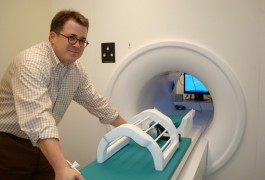
With robust training in developmental psychology and a techie’s fervor for new tools, Kevin Pelphrey is systematically investigating how the brain changes during development — starting in infants as young as 6 weeks old.
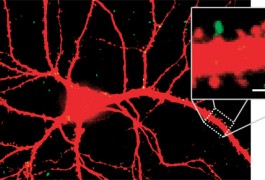
Researchers have uncovered an important molecular piece of a learning mechanism that occurs at the junction between neurons. The findings, which may help understand how the brain is disrupted in disorders such as autism, appear in the 24 June issue of Neuron.
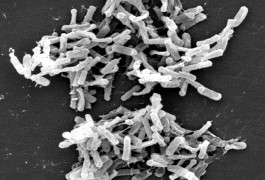
In the not-too-distant future, we may be able to diagnose toddlers with autism using a simple clinical test — based on voice patterns, blood or even urine.
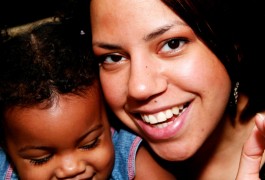
Racial minorities are under-represented in genetic studies, in part because research guidelines do not account for differences in family structure, according to a report based on statistics from several autism gene banks. In response to the report, research teams at Stanford University and the University of California, Los Angeles, are revamping their recruitment practices.
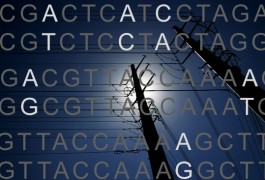
One of the largest genome-wide association studies for autism spectrum disorders, reported last week in Human Molecular Genetics, allows only one definitive conclusion: it isn’t large enough.

Children with autism are known to have strange rhythms and pitch to their speech, and they speak less often or for shorter periods. Based on these patterns, a company promises to accurately identify children with the disorder.
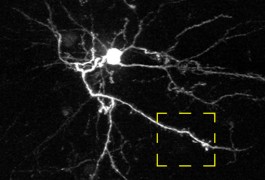
Scientists have for the first time captured a dynamic picture of brain defects in young mouse models of fragile X syndrome. The findings appeared in June in the Journal of Neuroscience.
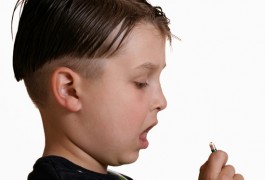
Families affected by fragile X syndrome can let out a modest cheer this week: the largest-ever randomized trial of a drug to treat the syndrome has just cleared its second phase.
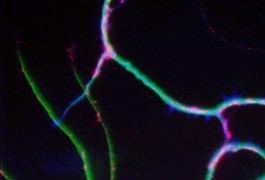
Scientists have discovered that neurexins — proteins linked to autism — bind to a wide variety of molecules at the junction between neurons. In this complicated system, the breakdown of any one of the parts could lead to improper cell signaling, ultimately giving rise to disease.